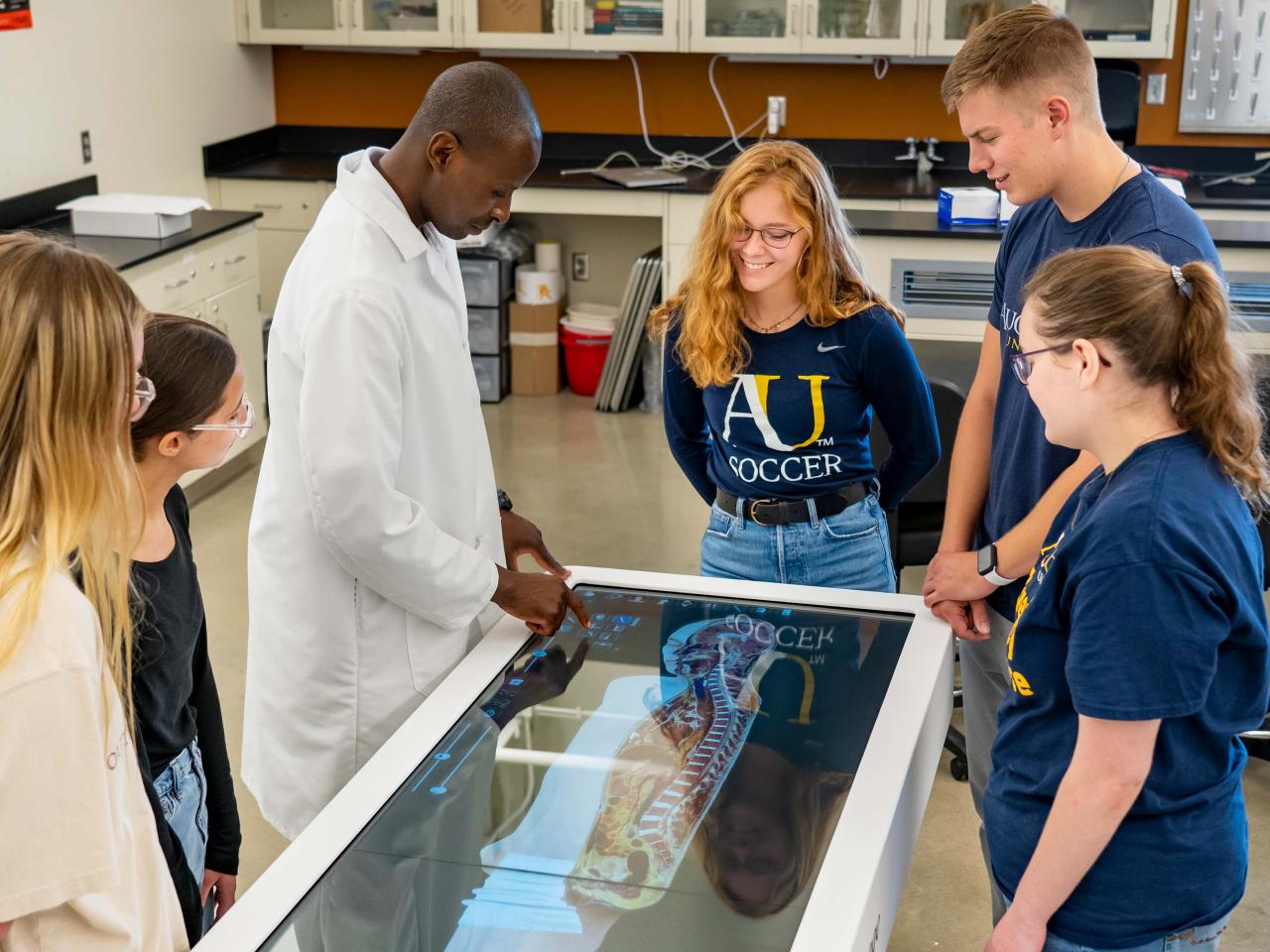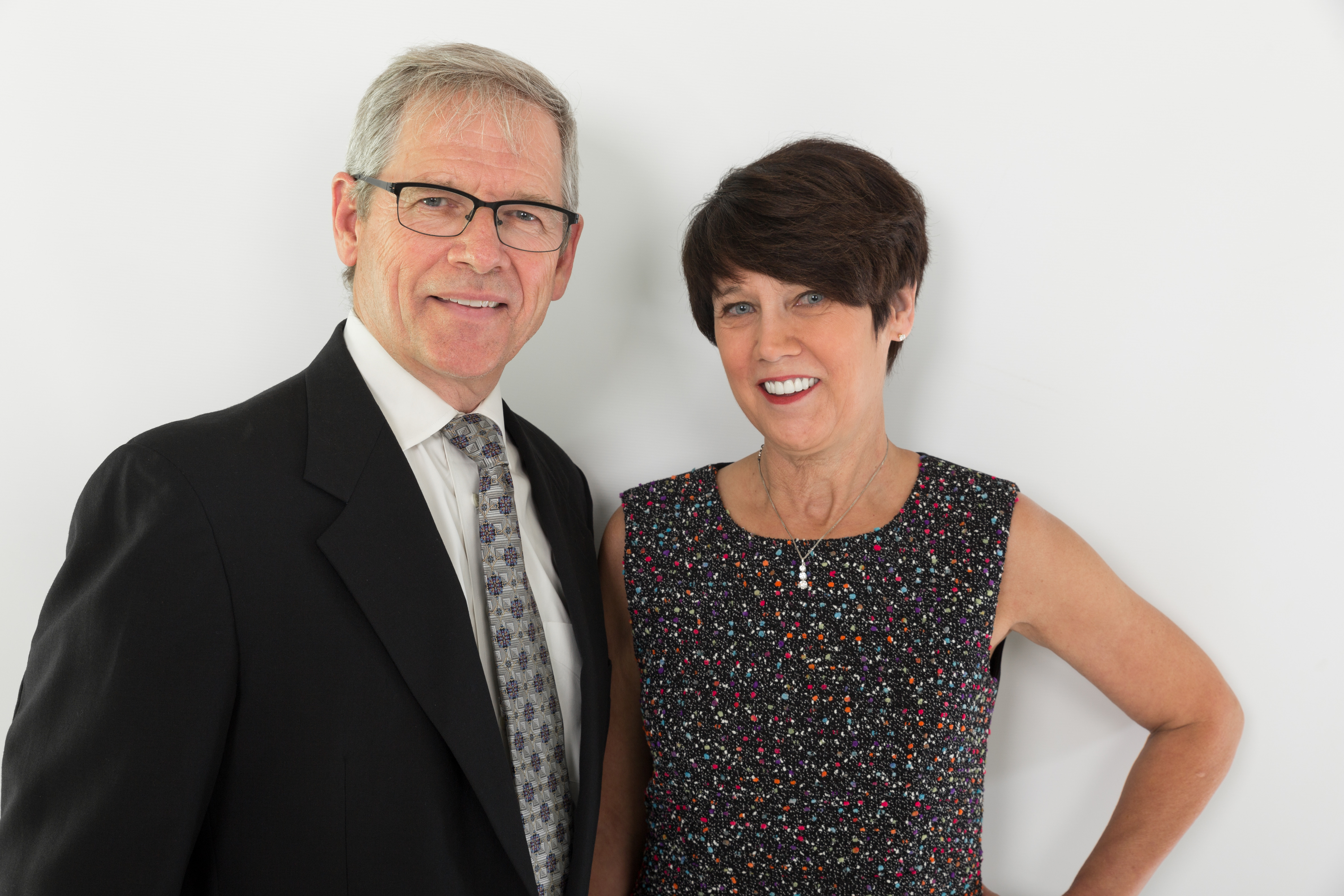 Augustana University alumnus Greg Schultz ‘74, who was the first trained certified vascular surgeon in the region, believes that eventually virtual cadavers will, in most instances, take the place of the real thing. And, now, Augustana has one; one of only two known Anatomage Virtual Cadaver tables in South Dakota and one of only a few in the region.
Augustana University alumnus Greg Schultz ‘74, who was the first trained certified vascular surgeon in the region, believes that eventually virtual cadavers will, in most instances, take the place of the real thing. And, now, Augustana has one; one of only two known Anatomage Virtual Cadaver tables in South Dakota and one of only a few in the region.
The Anatomage table is state-of-the-art technology that allows students to explore, discover and study the human body. The table offers the most realistic virtual cadaver with stunning visualization of full-body anatomy in life-size.
“I have not seen it anywhere,” said Schultz, a vascular surgeon with Sanford Vascular Associates in Sioux Falls, who has dedicated his career to developing cutting-edge technology. “When we were granted the opportunity to go and experience it, I thought it was amazing. I just reflect on how we continue to learn differently. When I initially started my medical training, there were no CAT Scans, there were no MRIs and, now, we are learning virtually. As a result of this technology, people in the future will look back and say, ‘Yeah, they actually used to work on real cadavers.’”
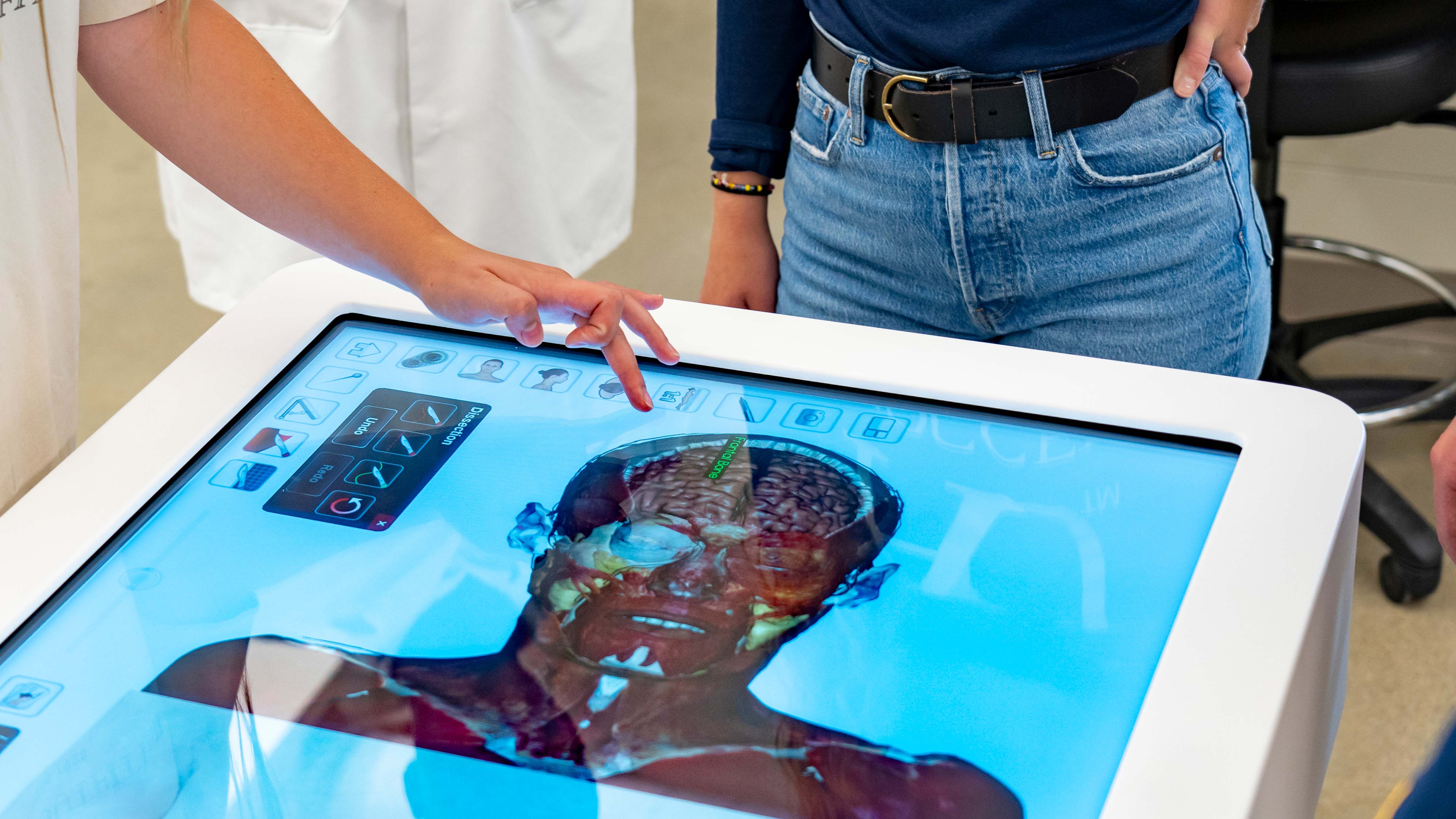 Augustana faculty began dreaming of a virtual cadaver when Dr. Steven Matzner ‘90, professor of biology, came back with pictures of one after attending a conference in Pennsylvania. Along with Matzner, Drs. Paul Egland, Jennifer A.A. Gubbels and Mark Larson got together and applied for a grant, which they received from the Oliver Innovation Fund. Schultz, and his wife, Karen (Devick) Schultz ‘75, a music major whose parents were also Augustana graduates, gifted the remaining dollars needed to purchase the virtual cadaver table this spring.
Augustana faculty began dreaming of a virtual cadaver when Dr. Steven Matzner ‘90, professor of biology, came back with pictures of one after attending a conference in Pennsylvania. Along with Matzner, Drs. Paul Egland, Jennifer A.A. Gubbels and Mark Larson got together and applied for a grant, which they received from the Oliver Innovation Fund. Schultz, and his wife, Karen (Devick) Schultz ‘75, a music major whose parents were also Augustana graduates, gifted the remaining dollars needed to purchase the virtual cadaver table this spring.
“My wife and I benefited from the tremendous Augustana educational experience. In my liberal arts education, I truly learned how to learn and that prepared me well for the field of medicine in that physicians are indeed perpetual students,” said Greg. “As someone who has gained so much from the educational experience at Augustana, it made a great deal of sense to gift this educational tool that might stimulate the exceptional faculty and excite the gifted students of Augustana.”
Gubbels, associate professor of biology, said for a long time, anatomy classes at Augustana used cat cadavers as learning tools. With those becoming harder to come by, the classes switched to utilizing rabbits, which posed a problem for faculty in teaching students because the terminology for rabbits and humans isn’t always the same. Instead, the Anatomage table allows people to visualize human and/or animal anatomy at the highest level of accuracy.
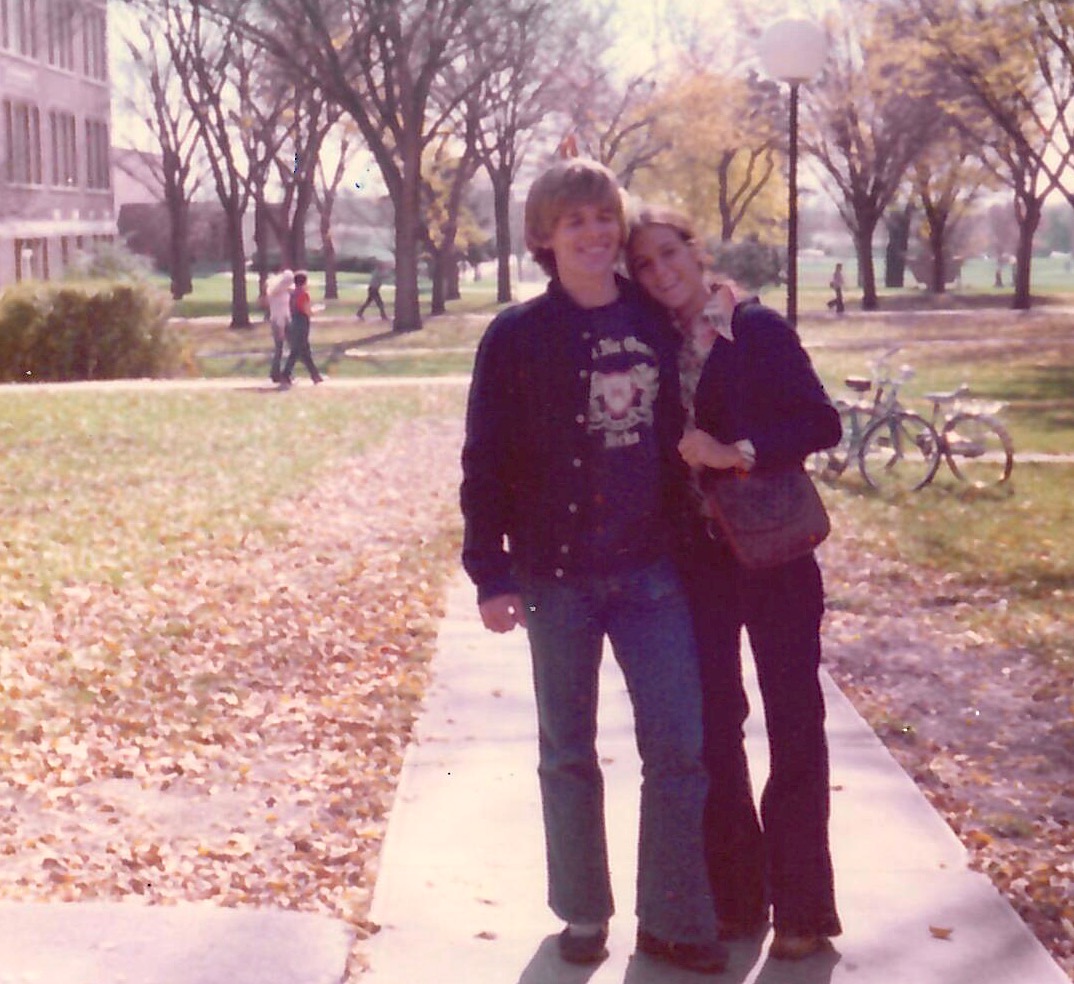
“They take thin slices of real cadavers and image them and then incorporate those images into computer software,” said Assistant Professor of Biology Dr. Kevin Natukunda, who has both a Bachelor of Science in agriculture and nursing, as well as a Ph.D. in genetics, and was initially trained on the virtual cadaver. “You can actually see the heart beating. If we are looking at a certain bone, we can rotate it and see all the angles because this is 3D. You can also isolate different features.
“The Anatomage table comes preloaded with the software that enables students to ‘dissect’ and explore the human body’s inner workings with precision and detail. Students can repeatedly ‘dissect’ the cadavers, interact and learn anatomical systems and structures to better understand anatomy, physiology and pathophysiology.”
“It’s like the body is laying on the table,” added Gubbels. “... a life-size computer screen that you look down upon, but it can also project. So, if the instructor is doing something on the table, it’s projected up onto the screen in the classroom so the whole class can see what you’re looking at.”
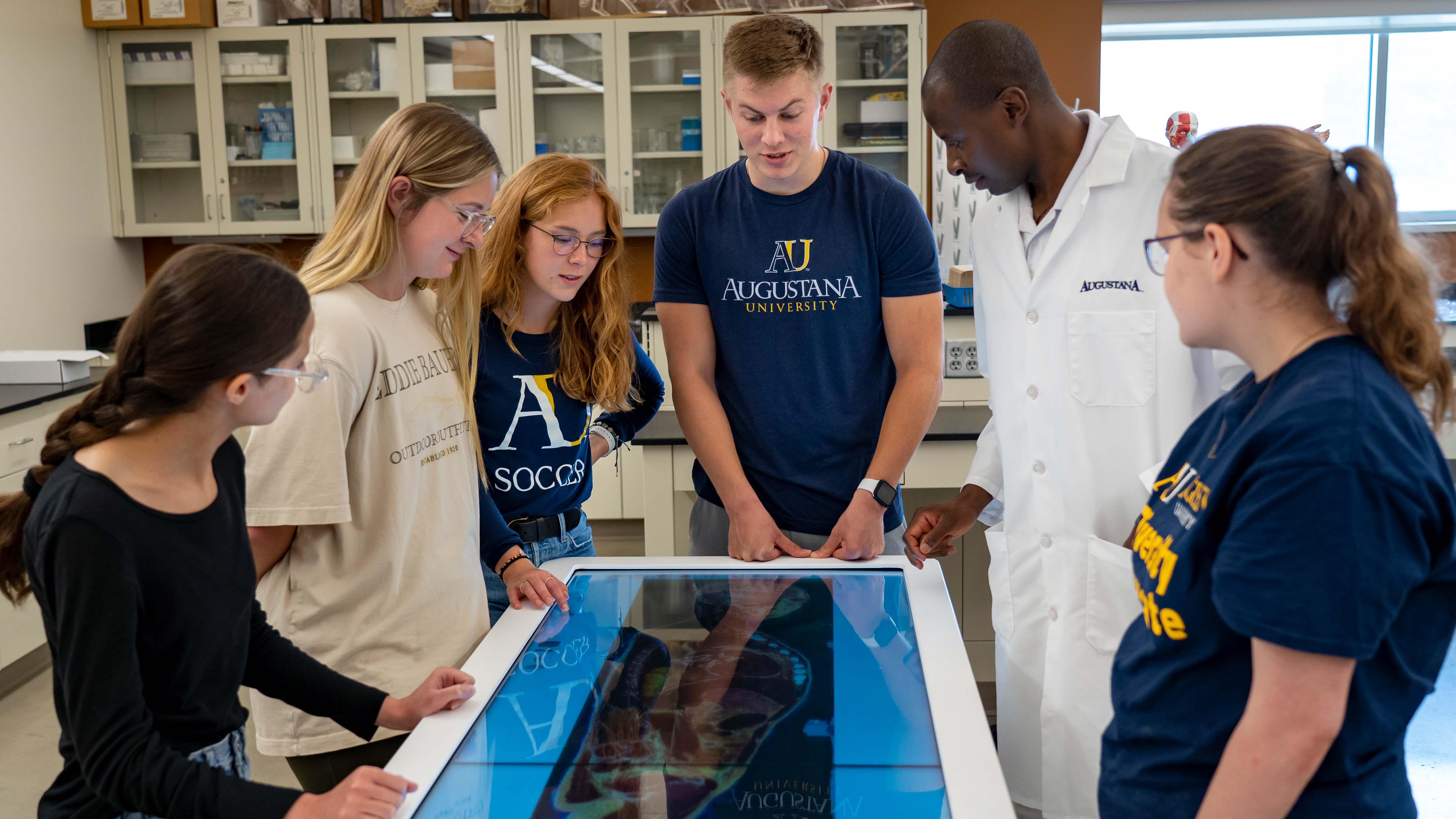 With the virtual cadaver delivered to campus just a few months ago, faculty say they will keep working with the technology to begin incorporating it into more and more courses; not just anatomy courses, but developmental biology and physiology — just to name a few.
With the virtual cadaver delivered to campus just a few months ago, faculty say they will keep working with the technology to begin incorporating it into more and more courses; not just anatomy courses, but developmental biology and physiology — just to name a few.
“I’m particularly excited that this educational experience can easily be used by other fields of study like physical therapy, athletic training, nursing and even dentistry — fields that had not previously been exposed to cadaver anatomy,” Greg said.
Despite the technology, Natukunda and Gubbels said the social and natural sciences still come together. Even though the cadaver is virtual, they recognize and will always try to get their students to recognize that these were real people who donated their bodies to science.
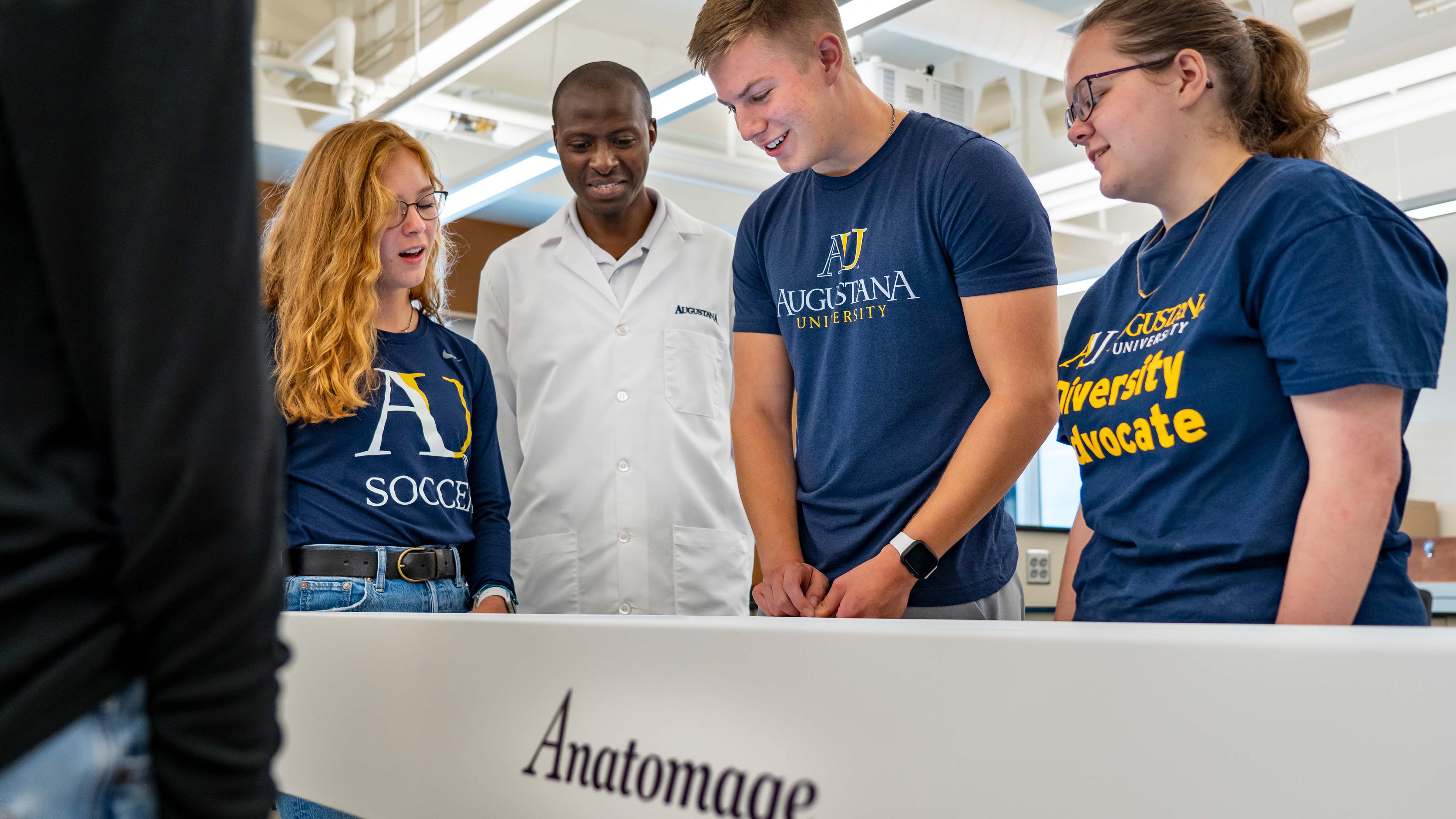 “They all consented to have their bodies used in this way to further the knowledge of people that they had never met. It is amazing that their donation will affect so many people,” added Gubbels.
“They all consented to have their bodies used in this way to further the knowledge of people that they had never met. It is amazing that their donation will affect so many people,” added Gubbels.
And, like those who sacrificed their bodies for science, donors like the Schultzes will have an impact on so many, for many years to come.
“The evolution of educational methods has been amazing in the field of education in general, and in particular, in health care,” said Greg. “Institutions that fail to embrace these new technological advances are destined to fall behind their peers and lose the interest of aspiring students. It’s my opinion that the best education can be achieved with the use of exciting advanced technologies along with a guiding mentor or professor to assist, stimulate and challenge those trying to learn.”
Augustana has always had the faculty, and now the university has the newest technology.
